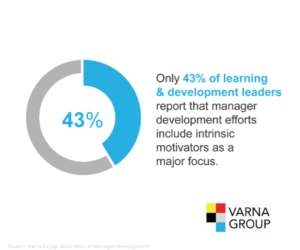How to Attract and Convert More Clients through Story with Lisa Bloom
LifterLMS
JANUARY 21, 2023
In this episode, Lisa Bloom shared the power of storytelling in communication, specifically how it can help in creating and launching a successful online training program. I’m your guide, Chris Badgett. I’m joined by a special guest today, her name is Lisa Bloom. Welcome to the show, Lisa, Lisa Bloom: Thank you.


































Let's personalize your content